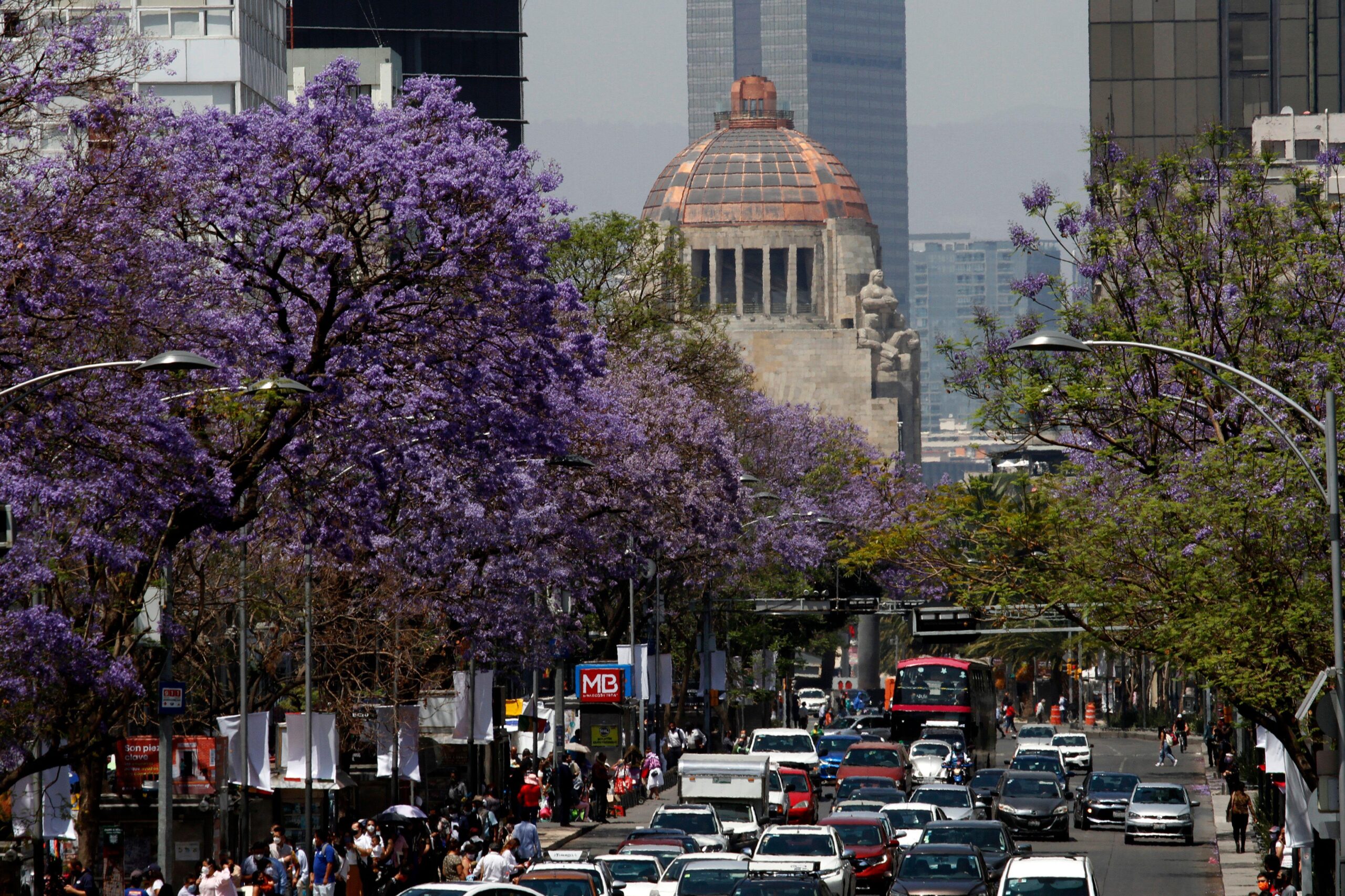
Purple Spring: The Enchanting Blossom Explosion of Jacaranda Trees in Mexico City
By Gayil Nalls
Sign up for our monthly newsletter!
As winter bids farewell to Mexico City, a breathtaking transformation takes place on the streets, parks, and boulevards. The cityscape undergoes a stunning metamorphosis as the jacaranda trees burst into a vibrant display of purple blooms, heralding the arrival of spring. These majestic trees, adorned with their distinctive lavender-colored flowers, turn the urban landscape into a magical canvas, captivating the hearts of residents and visitors alike.
Originating in the Amazon and native to South and South-Central America, the jacaranda tree (Jacaranda mimosifolia) has found a second home in Mexico City where it has now thrived for over 100 years, and its striking beauty has made it an integral part of the city’s identity. But how did the non-native tree arrive in mass in Mexico City? In 1930, President Pascual Ortiz Rubio, moved by the sight of blooming cherry trees during his visit to Washington DC and intrigued by the Japanese tradition of hanami, approached the Japanese Ministry of Foreign Affairs with the idea of planting ornamental cherry trees in the Mexican capital. The Minister turned to Tatsugoro Matsumoto, a train landscape architect from Japan who took care of the garden of Chapultepec, the presidential residence at the time, about the matter. Matsumoto advised that the winters in Mexico City were not cold enough for the cherry trees the bloom well in the Spring and suggested that jacaranda trees, which were already growing wild in Mexico here and there, be planted in the city.
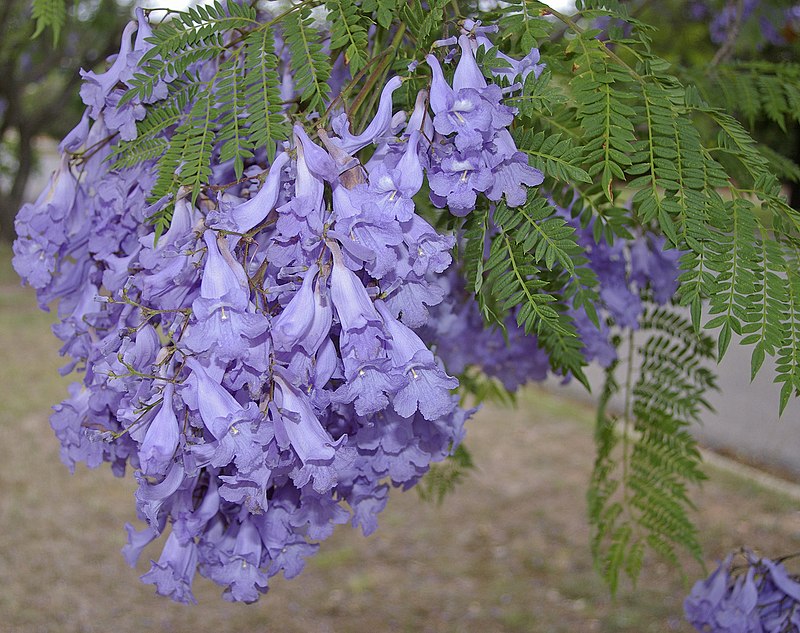
The result is that these deciduous trees, now considered native, characterized by their lush fern-like foliage, now unleash a burst of mesmerizing flowers during the spring months of March and April. The synchronized flowering creates a stunning spectacle in shades of purple, creating a sea of color against the backdrop of the city’s architecture, symbolizing the renewal of life and the end of winter’s grasp.
The purple flowers of the jacaranda tree are more than just a visual delight; they’ve cultural and symbolic significance in Mexican traditions. The arrival of these blossoms is often seen as a metaphor for new beginnings, hope, and the cyclical nature of life. The vibrant hues serve as a reminder that after a period of dormancy, nature awakens with a burst of color, much like the spirit of the people during the spring season. The amethyst color is so impactful it has caused the color to tend in Mexico. A phenomenon not missed by photographers, artists, and nature enthusiasts who flock to the streets to capture the ethereal beauty of jacaranda blossoms, they create a visual diary that celebrates the fleeting yet impactful moments of spring in Mexico City.
As the jacaranda trees blanket the city in purple, neighborhoods like Condesa, Polanco, and Roma become prime locations for enjoying the breathtaking scenery. Streets lined with jacaranda trees create avenues of enchantment, turning routine walks into poetic strolls amidst nature’s grandeur. Parks and public spaces become popular gathering spots, where families and friends come together to appreciate the ethereal beauty of the jacaranda blossoms.
The arrival of the Jacaranda season is celebrated with festivals and events dedicated to these iconic trees. These festivals often include art exhibitions, musical performances, and cultural activities that showcase the importance of the jacaranda in Mexico City’s cultural landscape. The purple flowers of the jacaranda tree transform Mexico City into a living tapestry of color, marking the end of winter and the beginning of a vibrant and hopeful spring. As these majestic trees paint the urban canvas with their enchanting blooms, they serve as a reminder of nature’s resilience and the beauty that emerges from the cycle of life. For residents and visitors alike, the annual spectacle of jacaranda blossoms has become a cherished tradition, symbolizing the spirit of renewal and the enduring connection between nature and the city’s soul.
The world’s cities face big challenges from climate change. The mass planting of the jacaranda trees long ago is improving living conditions for the people of Mexico City, reducing the environmental impact of a warming world. Purple is a reminder that the city is more resilient safe, and sustainable because of the trees.
Gayil Nalls, Ph.D., is the creator of World Sensorium and founder of the World Sensorium Conservancy.
‘Canti, Elda. Sorcery’ in Mexico City: A Japanese Green Thumb’s Purple Legacy: Nonnative Blooms Scream It’s Spring. The New York Times, Sunday, March 26, 2023. P.14
Plantings
Issue 30 – December 2023
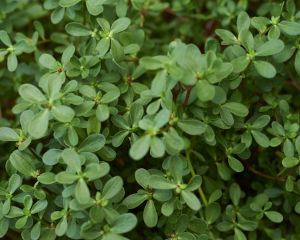
Viriditas: Musings on Magical Plants: Portulaca oleracea
By Margaux Crump
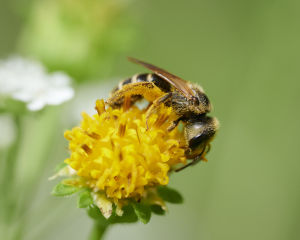
Proboscis, Pollen, and the Rapture of Interspecies Intimacy
By Jake Eshelman
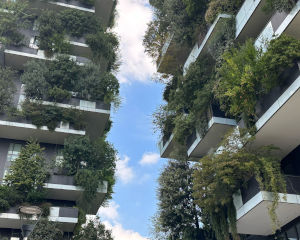
The Greening of Milan: Porta Nuova and Vertical Forest
By Gayil Nalls

Overshooting Earth’s Boundaries: An Interview with Bill Rees
By Rachel Donald
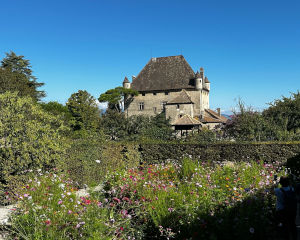
The Garden of the Five Senses
By Gayil Nalls

Eat More Plants Recipes:
Le Botaniste’s Fennel, Tomato, and Red Pepper Pasta Sauce
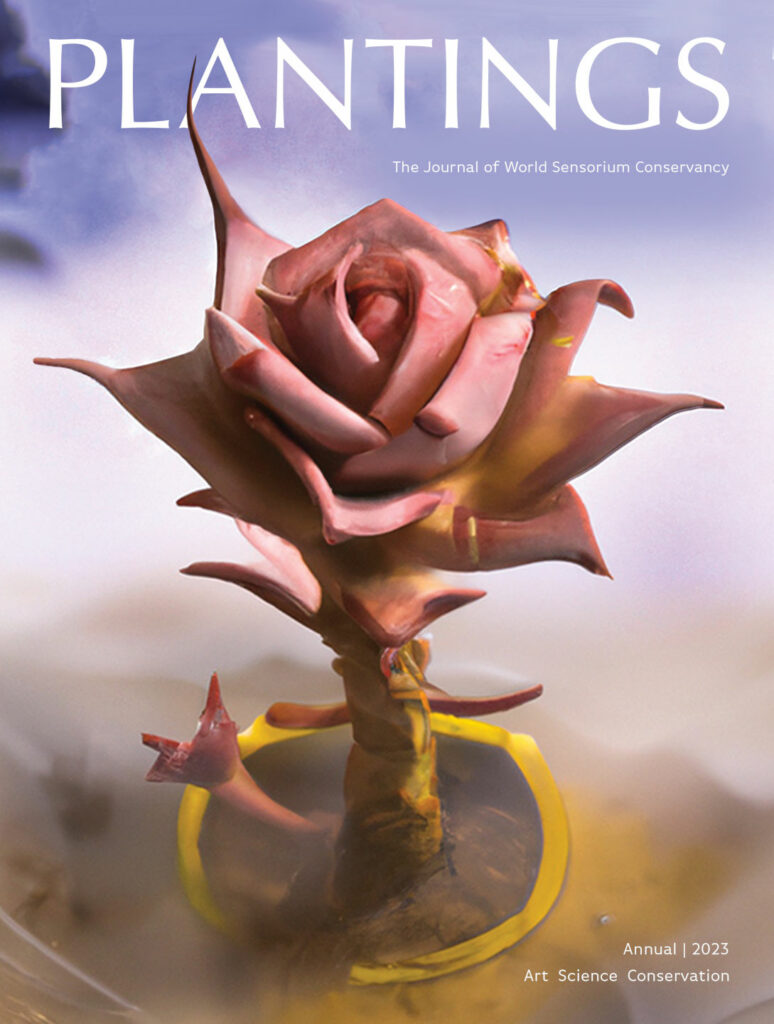
Plantings Print Annual 2023
Do you have the 2023 Plantings print annual?
Plantings cultivates innovative ideas and fresh perspectives, nurturing the global conservation community. Our readers find inspiration in forward-thinking individuals and approaches dedicated to fostering a better life for the planet and all its inhabitants.
The 2023 edition of Plantings is available in our store for shipping.


